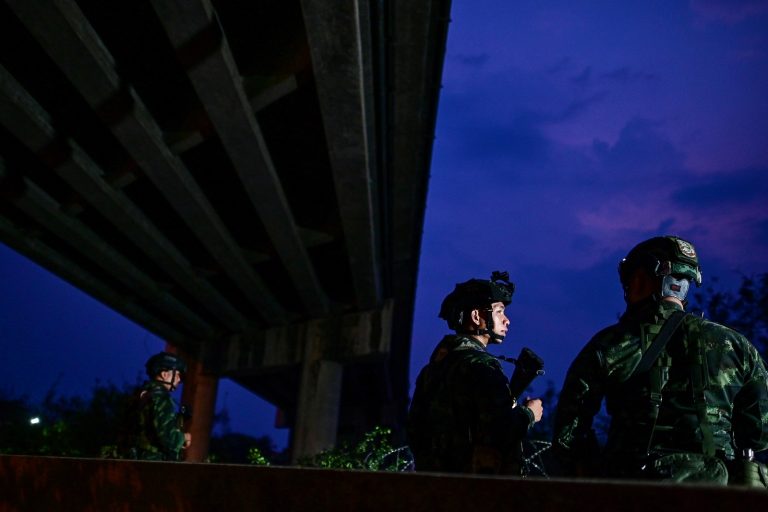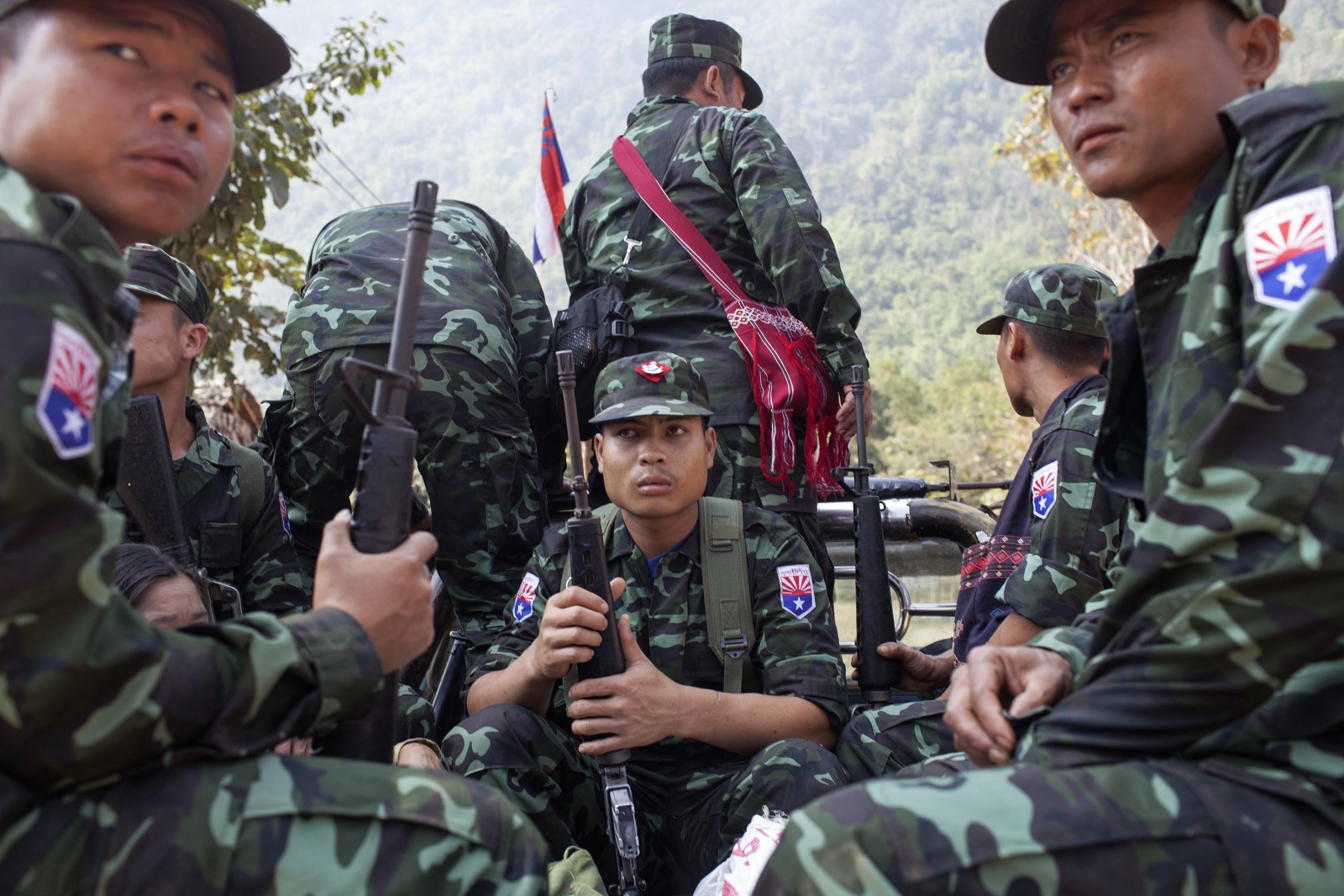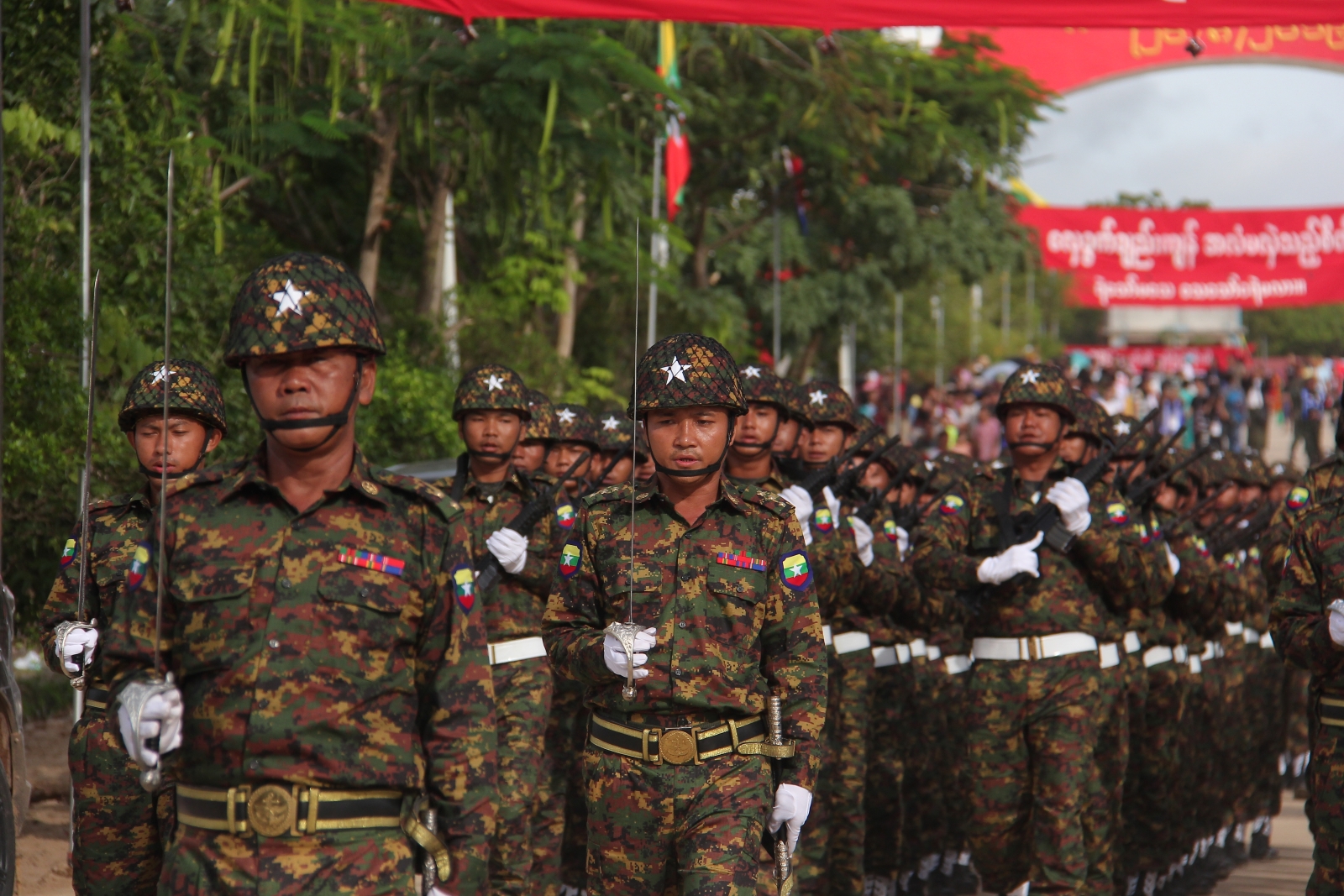The NCA may have been signed by only eight of 16 armed ethnic groups but the process that led to the agreement has been one of the government’s major achievements.
The “historic” ceasefire accord signed by the government and eight armed ethnic groups in Nay Pyi Taw on October 15 is far from perfect, but the process that led to the agreement has made a positive contribution towards national reconciliation.
The accord was not signed by some powerful ethnic armed groups, including the Kachin Independence Organisation, the New Mon State Party and the Shan State Progressive Party. The vice chairman of the Karen National Union, Naw Zipporah Sein, declined to attend the signing ceremony, despite being invited. In a letter to the deputy chairman of the government’s Union Peace-making Work Committee, President’s Office Minister U Aung Min, Naw Zipporah Sein said that to attend the ceremony while fighting was still taking place in the north would be tantamount to celebrating conflict.
The leader of the National League for Democracy, Daw Aung San Suu Kyi, did not attend the ceremony, despite both the government and armed ethnic groups wanting her to be there. Neither was it attended by the Shan National League for Democracy chairman, U Khun Htun Oo, and the patron of the Rakhine National Party, U Aye Thar Aung.
Even though the ceasefire agreement was signed by only eight of 16 invited groups, its significance rests on the process that led to the signing ceremony last week.
When President U Thein Sein government’s took office, it initially focussed on signing bilateral ceasefires. The move towards a national ceasefire accord came after 14 bilateral truce accords were signed. The NCA was to be signed in front of Myanmar and international witnesses after which talks were to begin on a political dialogue that would pave the way for agreements on constitutional reform and a strengthened internal peace.
Support more independent journalism like this. Sign up to be a Frontier member.
The government’s plans opened the way for dialogue with armed ethnic groups and allowed them to retain their organisations, keep their weapons and maintain control over their territory. No previous government has permitted such concessions. As negotiations continued on a national ceasefire, the government encouraged the process by giving tacit approval for meetings and conferences held by armed ethnic groups, and even provided assistance for the convening of such gatherings.
Despite the armed ethnic groups being regarded as illegal organisations with no official recognition, the government allowed them to meet one another and also to hold talks with NGOs and civil society groups. This would never have been allowed by previous governments.
When the negotiations began on a NCA they were based on proposals made by the armed ethnic groups. This is one reason why all sides were able to sign the agreement on the draft text of the NCA in March. It is also why the government was able to gain the trust of the Karen National Union, one of the biggest of the armed ethnic groups with which it has been fighting for more than 60 years.
One of the main reasons why the NCA was signed by only eight of the 16 groups was differences over the government’s decision to exclude three groups that have been involved in fighting the Tatmadaw. The groups are the ethnic Chinese Kokang rebel group known as the Myanmar National Democratic Alliance Army, the Ta’ang National Liberation Army and the Arakan Army.
In his speech at the signing ceremony U Thein Sein said the “historic value of the NCA will depend on how effectively the agreement can be implemented rather than how many parties”.
The chairman of the KNU, Saw Mutu Say Poe, called on the Tatmadaw not to use force to try to make non-signatories sign on to the NCA but to solve problems through negotiations.
How long it will take for the NCA to be all-inclusive will depend on the attitudes of the Tatmadaw and the armed ethnic groups, including the KIA, and the progress in implementing the accord by the eight organisations that signed on October 15.






